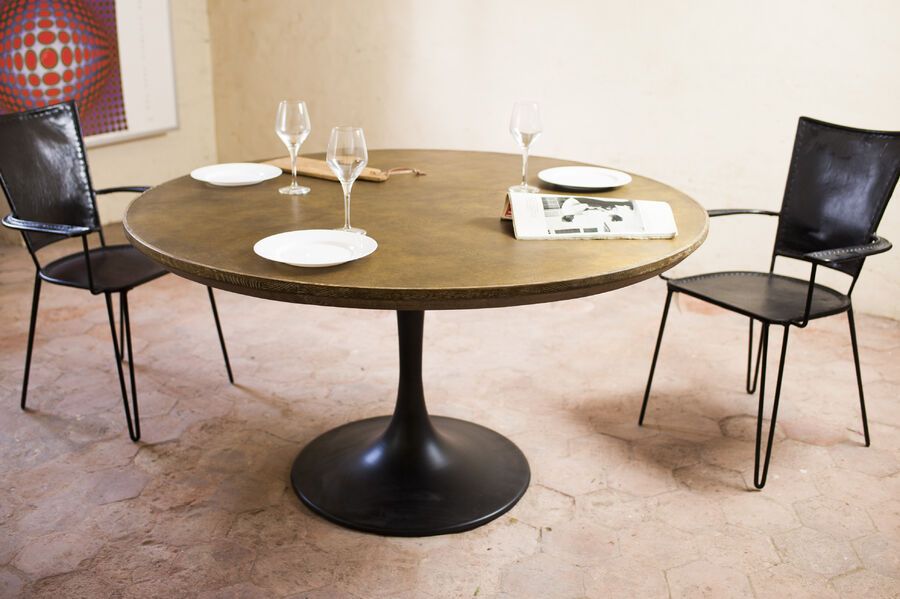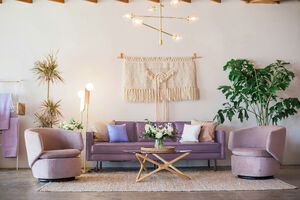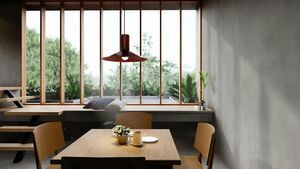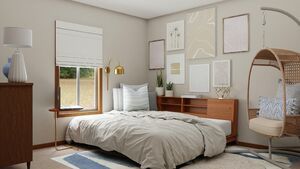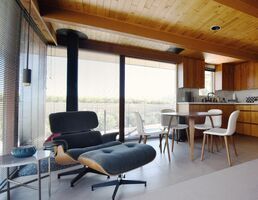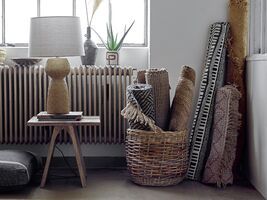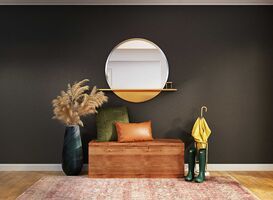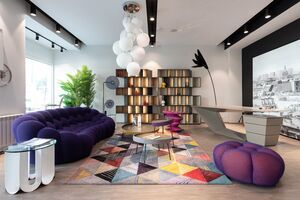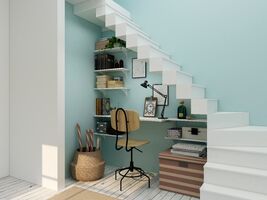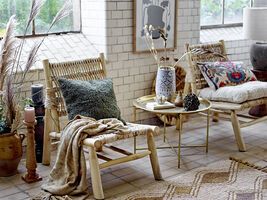The tulip table is much more than just a piece of furniture. It embodies the very essence of modern design, fusing form and function in an elegant and innovative way. Since its introduction in the 1950s, this design icon has become a fixture in many contemporary interiors. To fully understand the impact and importance of the tulip table, it is essential to examine its origins, its founding concept and its distinctive characteristics.
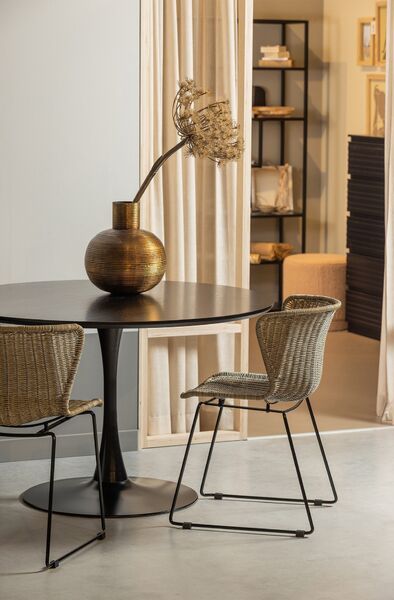
A modern design classic
the tulip table
Origins and concept
The tulip table takes its name from its tulip stem base, designed to replace traditional table legs. This innovative, avant-garde design was the work of the famous Finnish architect and designer, Eero Saarinen, in the 1950s. Saarinen was driven by a desire to create a piece of furniture that would eliminate the visual clutter caused by multiple table legs. As a result, the tulip table was born out of a desire to simplify and streamline furniture design while retaining an elegant, contemporary aesthetic.
Importance in the history of design
The tulip table occupies a special place in the history of modern design, representing a significant milestone in the evolution of contemporary furniture. Its introduction revolutionised the way designers thought about furniture design, rejecting traditional conventions in favour of an approach based on simplicity and clean aesthetics. This iconic dining table, the product of Saarinen's ingenuity, quickly became a symbol of the modernist movement, embodying the fundamental principles of mid-century architecture and design. Its influence lives on today, testifying to its timeless relevance and importance in the evolution of contemporary design.
Distinctive features
What sets the tulip table apart is its unique tulip-shaped base, which offers both stability and elegance. Made from die-cast aluminium, the base provides solid support while maintaining a light, fluid silhouette. Combined with a circular top in marble, solid wood or MDF, the tulip table embodies the harmony between the organic shape of its base and the geometric simplicity of its top. What's more, its design without corners or edges makes it particularly suited to small spaces, offering an aesthetic and practical solution for contemporary environments.
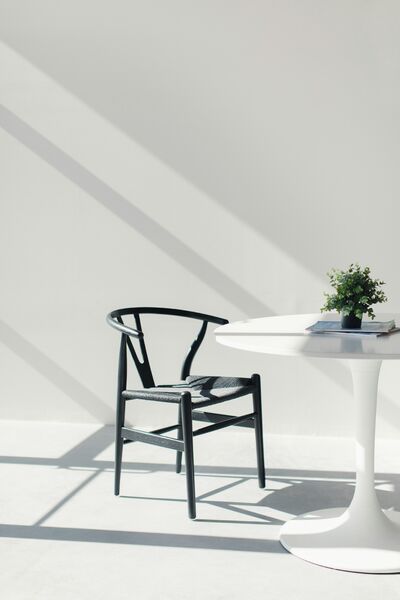
A robust and elegant table
Evolution of the tulip table design
Innovative materials and design
One of the most remarkable features of the tulip table is the use of innovative materials in its design. Eero Saarinen chose die-cast aluminium to create the tulip-shaped base, offering both lightness and strength. This innovative approach enabled Saarinen to create organic, flowing shapes that were previously impossible to achieve using traditional materials. In addition, the cast aluminium base has been combined with tops in marble, wood or transparent glass, adding a tactile and visual dimension to the tulip table. Saarinen's bold use of materials and innovative design have set new standards in designer furniture.
Contemporary influences and variations
Over the decades, the tulip table has inspired a multitude of contemporary variations, each bringing its own unique interpretation of Saarinen's iconic design. Designers from all over the world have been influenced by the simplicity and elegance of the tulip table, creating versions to suit a variety of styles and decors. Adjustments have been made to shape, size and materials, offering a variety of choices for consumers looking for unique, personalised pieces. Versions with coloured bases, metallic finishes and textured tops have expanded the aesthetic possibilities of the tulip table, while preserving its iconic and timeless allure. Tulip-style dining tables are available in oak, teak and walnut, as well as chrome, metal and ceramic. There are also oval and rectangular versions, and even coffee tables.
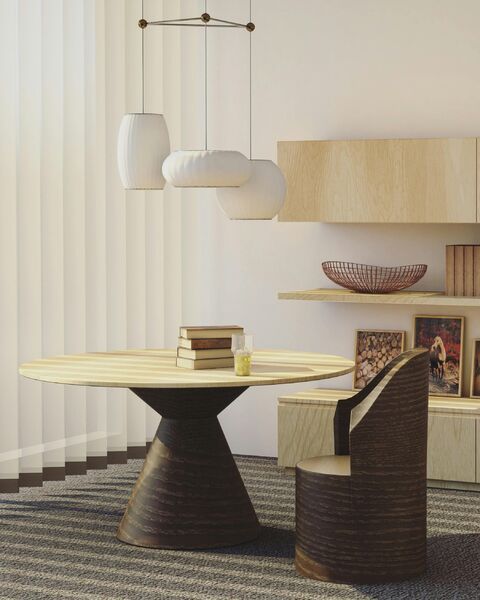
Wooden tulip table
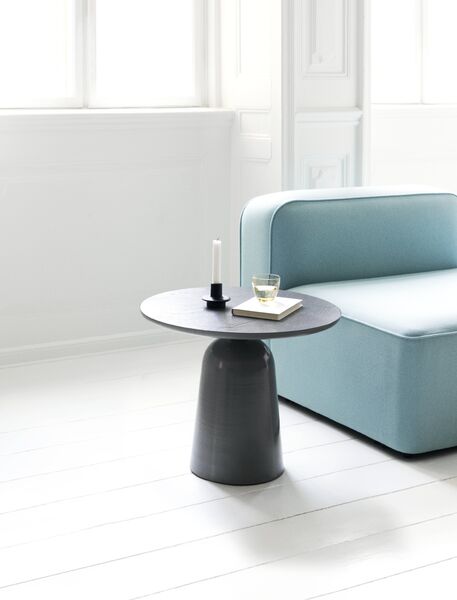
Tulip style coffee table
Adapting to modern needs and trends
In response to changing needs and modern trends, the tulip table has evolved to remain relevant in a constantly evolving world. Extendable versions have been developed to meet the growing demand for versatility in contemporary living spaces, offering the possibility of adapting the size of the table as required. In addition, the integration of technologies such as wireless connectivity and USB charging meets the demands of modern living, offering both style and functionality. The tulip table continues to adapt to the demands of the modern world while preserving its timeless essence, making it the preferred choice for those looking for elegant, functional design.
Cultural impact and use of the tulip table
Symbol of modern design aesthetics
The tulip table is much more than just a piece of furniture; it has become an iconic symbol of the modern design aesthetic. Its streamlined look, fluid lines and minimalist design make it an iconic piece that transcends passing trends. The tulip table embodies the principles of modernism, emphasising simplicity, functionality and elegance. Its introduction in the 1950s marked a turning point in the history of design, ushering in a new era of creativity and innovation. Today, the tulip table remains a symbol of refinement and sophistication, attesting to the lasting impact of modern design on culture and society.
Integration into modern interiors
The versatility of the tulip table makes it a popular choice for harmonious integration into a variety of modern interiors. Its timeless design means it can be adapted to a variety of decorative styles, including Scandinavian with its clean lines or industrial with its raw finishes. Whether in a living room, dining room or even a workspace, the tulip table brings a touch of elegance and sophistication to any environment. Its lack of corners and edges also makes it an ideal choice for smaller spaces, offering fluid circulation and a feeling of openness. What's more, its friendly design creates a welcoming atmosphere for social gatherings or family meals.
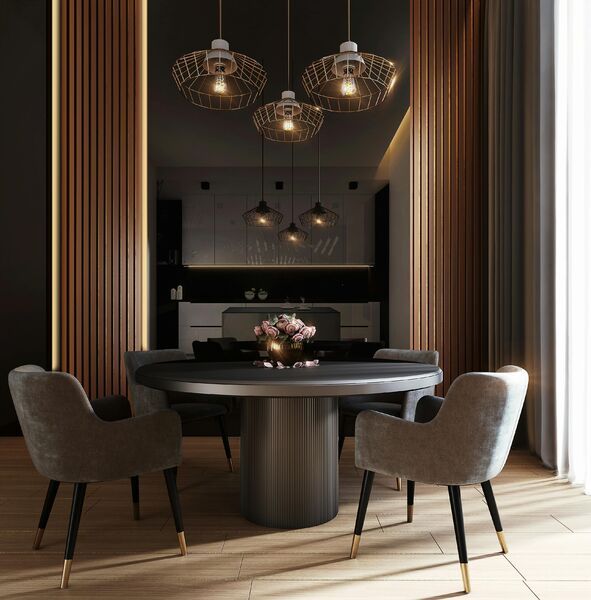
Combining the tulip table
To complement the tulip table, we recommend opting for chairs with a clean, contemporary design that enhances its distinctive silhouette. Moulded plastic or wooden chairs with simple, organic lines can work perfectly with the minimalist style of the tulip table. In addition, upholstered or fabric-covered chairs offer an interesting contrast while adding a touch of comfort to the dining room as a whole. By incorporating a tulip table into their interior design, design enthusiasts can create a space that is both functional and aesthetically pleasing, reflecting their sense of style and contemporary aesthetics.
The different variations and finishes available
The popularity of the tulip table has led to a profusion of variations and finishes available on the market. Tops can be made from a variety of materials such as marble, wood, glass or composite materials, offering a palette of textures and colours to suit different aesthetic preferences. Bases can also be customised with a range of finishes, from metal to plastic, from matt to gloss, allowing precise adaptation to the environment of each room. Extendable versions offer additional flexibility, allowing the table to adapt to special occasions or changing configurations. Whichever variation you choose, the tulip table remains true to its timeless essence, bringing a touch of sophistication and modernity to any interior space.
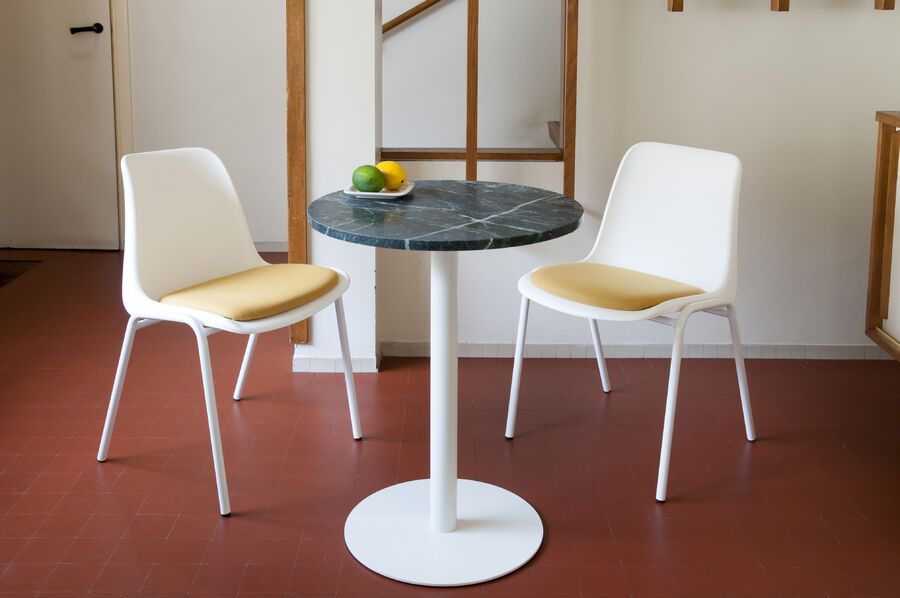
Lasby table with marble top
In short, the tulip table, the fruit of Eero Saarinen's ingenuity, embodies the very essence of modern design. Its introduction in the 1950s marked a major turning point in the history of contemporary furniture, rejecting traditional conventions in favour of a refined, functional aesthetic. Its influence lives on today, demonstrating its timeless relevance in contemporary interiors.
